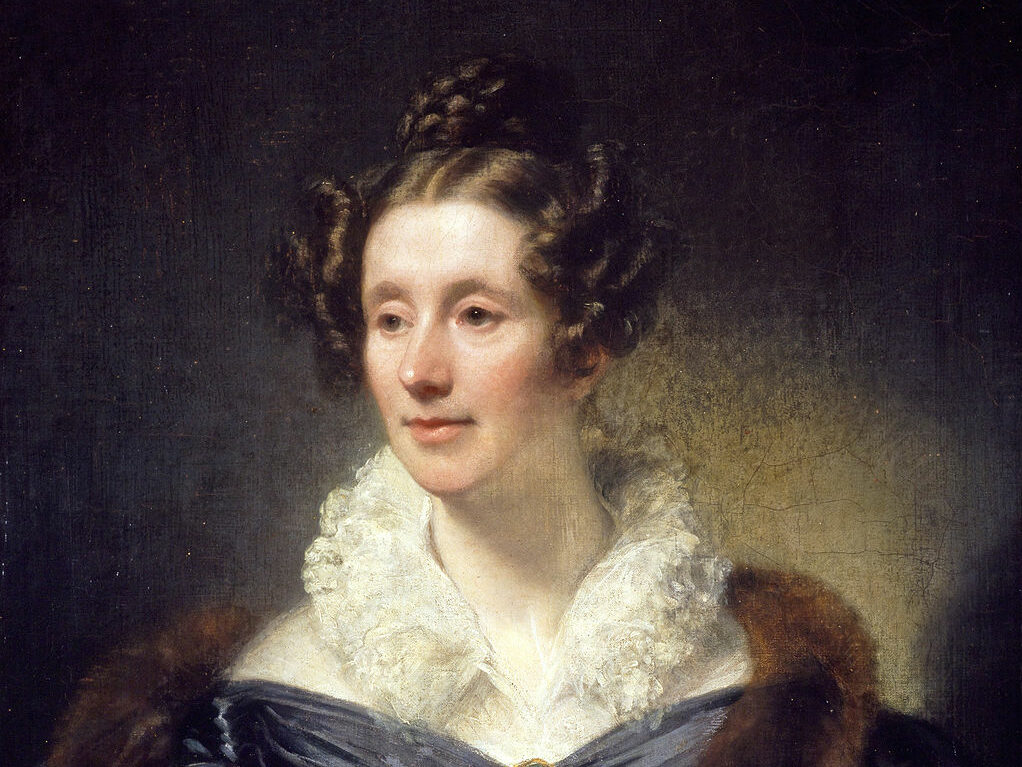Mary Somerville (1780–1872), a Scottish scientist, mathematician, and writer, made remarkable contributions to the fields of mathematics and astronomy during a time when women faced significant challenges in pursuing scientific careers. Her work not only broke down gender barriers in the sciences but also helped advance women’s education. Here are some key aspects of Mary Somerville’s life and achievements:
Early Life and Education
Mary, born in Jedburgh, Scotland, grew up in a family that valued education. Sadly, girls during that time were often denied the same educational opportunities as boys. However, Mary took charge of her own education by immersing herself in her father’s books and learning from her brother’s tutor.
Marriage and Family
In 1804, Mary married Samuel Greig, a Russian naval officer, and they had two children. After Samuel’s death, she married Dr. William Somerville, a widower, in 1812. Her second marriage granted her more access to scientific literature and intellectual circles.
Contributions to Mathematics
Mary Somerville’s most significant contributions were in the field of mathematics. She translated and simplified complex mathematical works into English, making them more accessible for a broader audience. Her book “The Mechanism of the Heavens,” published in 1831, explained Pierre-Simon Laplace’s celestial mechanics in a way that many could understand. Additionally, she worked on problems related to calculus and the curvature of surfaces.
Astronomy and Scientific Recognition
Mary’s passion for astronomy led to her honorary membership in the Royal Astronomical Society, making her one of the first women to receive such recognition. Her work contributed to the understanding of astronomical phenomena, and she gained recognition for her studies on the planet Neptune.
Advocate for Women’s Education
Throughout her life, Mary Somerville passionately advocated for women’s education in the sciences. Her achievements challenged the prevailing belief that women were incapable of comprehending complex subjects like mathematics and astronomy. She became an inspiration for future generations of women pursuing careers in science.
Publications
In addition to “The Mechanism of the Heavens,” Mary authored several influential books, including “On the Connexion of the Physical Sciences” (1834) and “Physical Geography” (1848). These works not only conveyed scientific knowledge but also emphasised the interconnections between various scientific disciplines.
Legacy
Mary Somerville’s groundbreaking work laid the foundation for the modern field of physical science. Her contributions to science, mathematics, and the promotion of women’s education continue to be celebrated. In fact, the term “scientist” was coined partly due to her gender-neutral approach to scientific inquiry. Her life and work stand as a testament to the power of determination, intellectual curiosity, and equal educational opportunities for all, regardless of gender. Mary Somerville’s lasting legacy continues to inspire women in STEM fields and the broader scientific community.
If you are looking for information about Ceilidhs in London then click here







